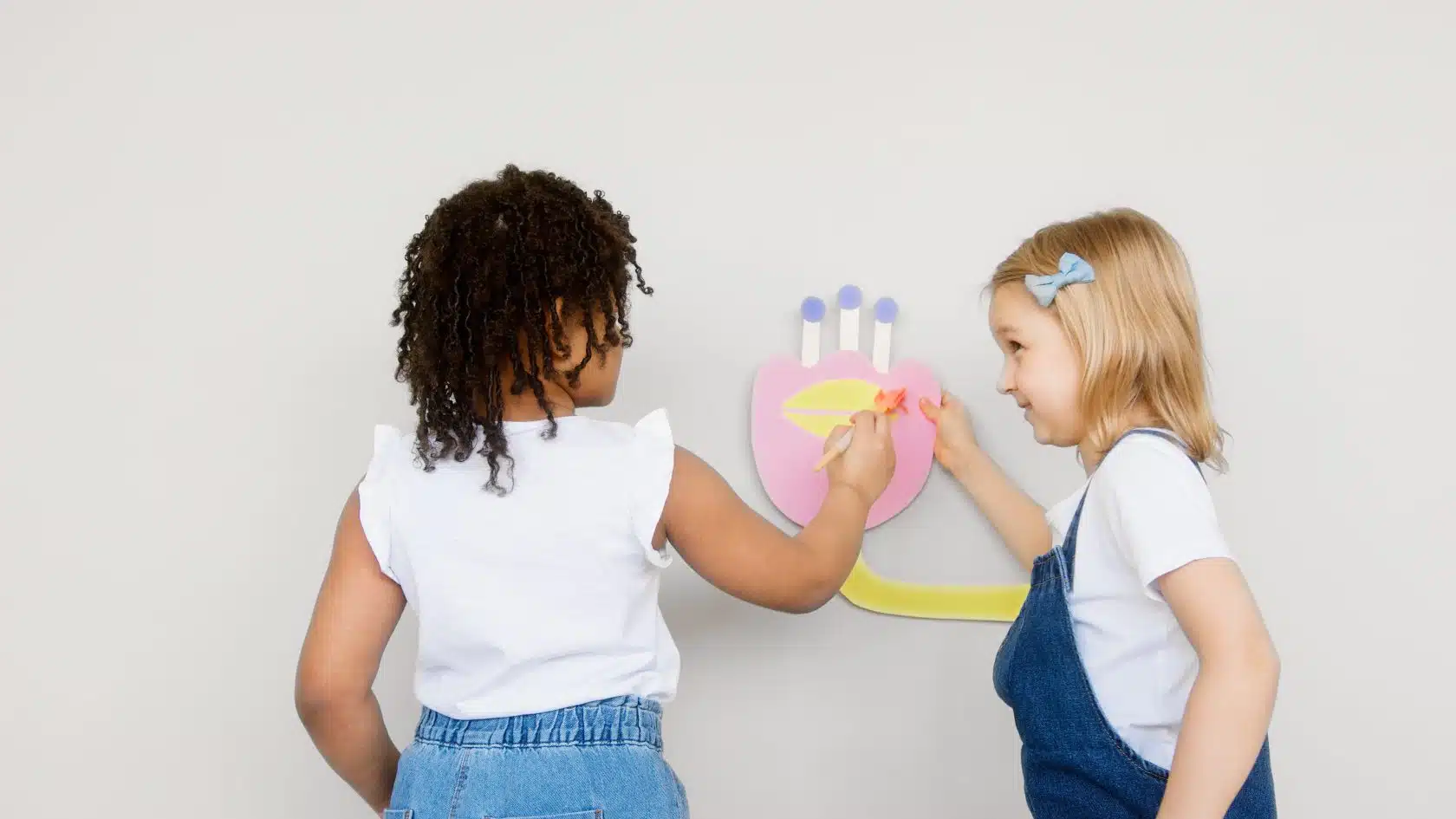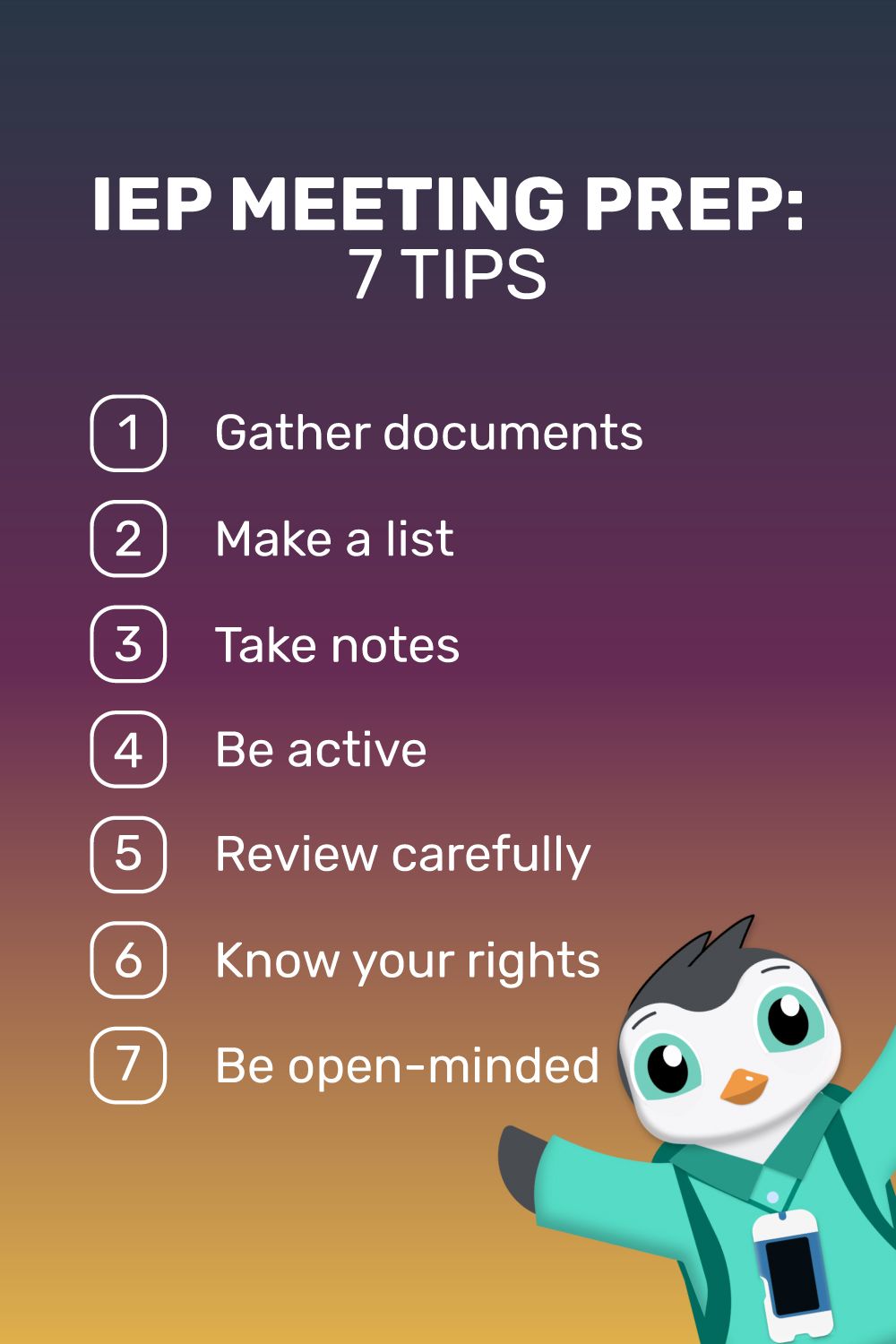Social-emotional reciprocity is a vital component of social interaction and communication. It refers to the ability of individuals, including kids with special needs, to engage in back-and-forth exchanges of emotions, gestures, and verbal communication with others. This mutual give-and-take fosters meaningful connections, enabling individuals to understand and respond appropriately to one another’s emotional cues, ultimately leading to healthy relationships. In essence, it’s the art of sharing emotions, thoughts, and experiences to strengthen bonds and promote positive social interactions.















